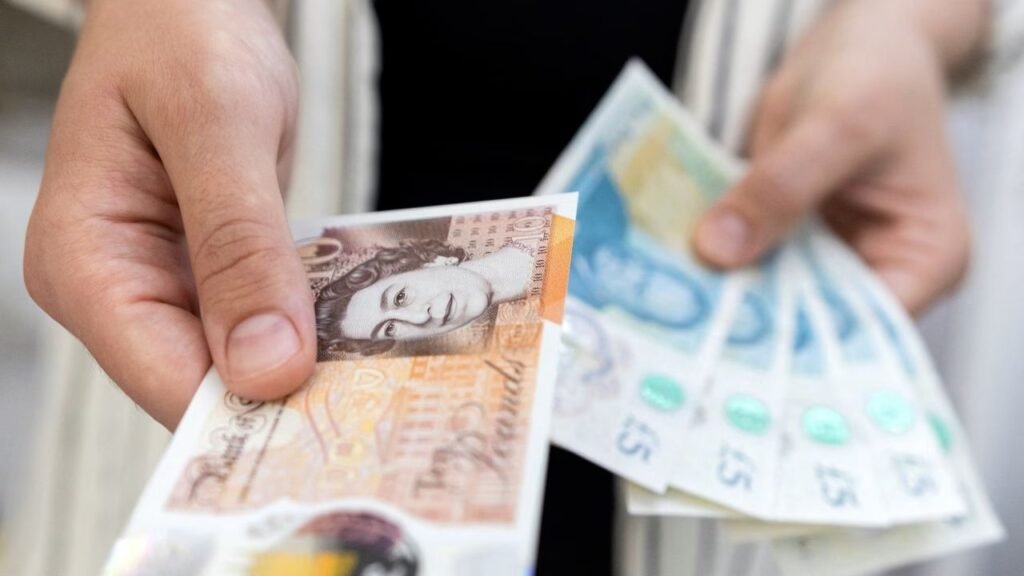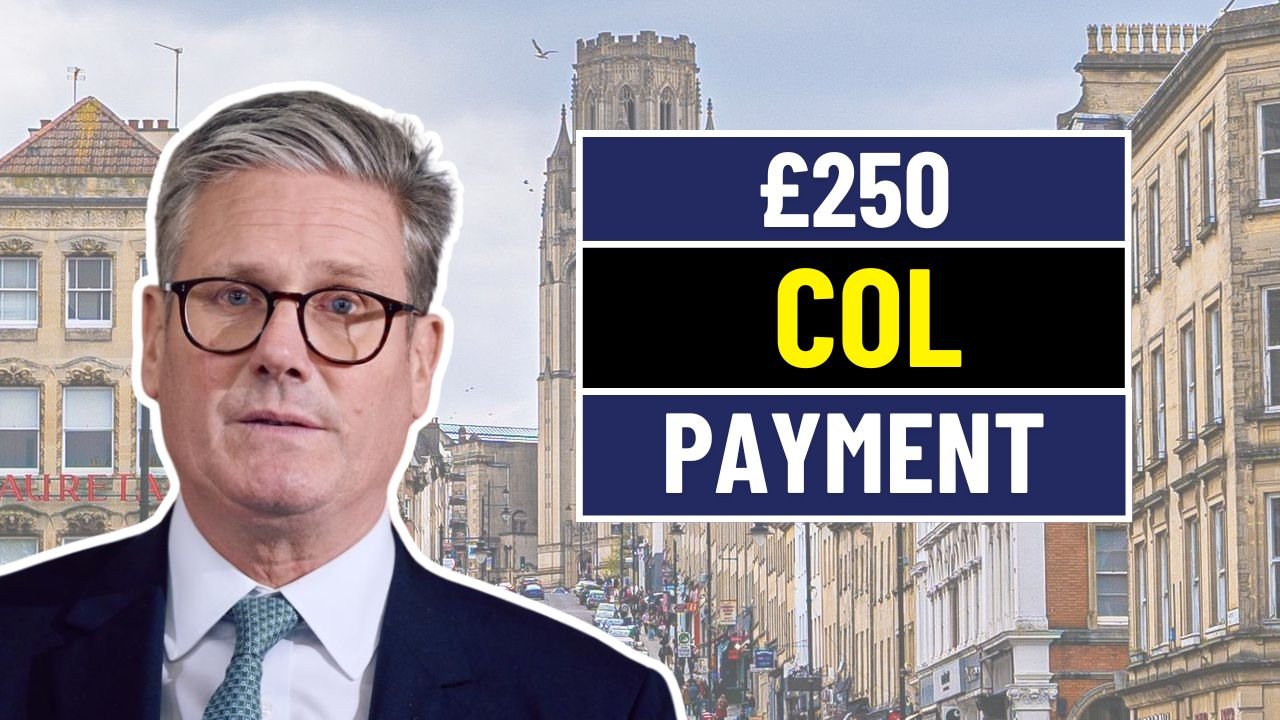The UK government’s £250 Cost of Living Payment is designed to provide financial assistance to individuals struggling with rising living costs, particularly due to inflation and increased energy bills. This payment is intended to support those who are vulnerable, including individuals on low income or receiving disability benefits. Many people receiving Personal Independence Payment (PIP) or Employment and Support Allowance (ESA) may wonder whether they qualify for this payment. This article explains eligibility for those on PIP or ESA, how the payment works, and answers common questions regarding disability support.
Who Qualifies for the £250 Cost of Living Payment?
To be eligible for the £250 Cost of Living Payment, individuals must meet specific criteria. The payment is available to those receiving qualifying benefits, aimed at supporting people who are facing financial hardship. While the payment is intended for vulnerable individuals, the main qualification depends on the benefits an individual is currently receiving.
Qualifying Benefits for the £250 Payment
Individuals receiving Personal Independence Payment (PIP), Employment and Support Allowance (ESA), Universal Credit, Income Support, or Pension Credit may be eligible for the £250 Cost of Living Payment. However, simply receiving PIP or ESA does not automatically guarantee eligibility. The key factor is whether the individual is also receiving another qualifying benefit, such as ESA or Universal Credit, during the designated eligibility period.
Eligibility for PIP Recipients
For individuals receiving Personal Independence Payment (PIP), the eligibility for the £250 payment depends on meeting specific conditions. First, the claimant must be receiving PIP during the qualifying period, regardless of the payment rate. In addition to receiving PIP, the claimant must also be receiving another qualifying benefit, such as ESA or Universal Credit, during the specified period. Finally, the claimant’s PIP claim must be active within the timeframe established by the government for the Cost of Living Payment. If these criteria are met, the payment will be made automatically, and no separate application is necessary.
Conditions for Receiving the Payment

For those on Employment and Support Allowance (ESA), the eligibility requirements for the £250 payment are similar to those for PIP recipients. ESA claimants must be receiving ESA, whether contributory or income-based, during the qualifying period. Additionally, they must be receiving ESA in conjunction with another qualifying benefit, such as PIP, Income Support, or Universal Credit. If all conditions are satisfied, the £250 payment will be issued automatically to ESA recipients, just like those receiving PIP.
When Will the £250 Payment Be Issued?
The £250 Cost of Living Payment is expected to be issued in 2025 as part of the UK government’s ongoing efforts to support individuals facing financial difficulties. The payment is issued as a one-off disbursement, and the exact dates will depend on the eligibility period. If you are receiving PIP or ESA and meet the required criteria, the payment will be automatically credited to your bank account. There is no need for additional action on your part, and you should expect the payment to be processed according to the established timeline.
How Will the £250 Payment Be Delivered?
The £250 payment will be deposited directly into the same bank account that is linked to your regular benefit payments. For instance, if you already receive PIP or ESA, the £250 will be added to your usual payment schedule. No separate application is required for the payment, as it will be automatically processed and added to your regular benefit payments. As long as you meet the necessary eligibility criteria, you can expect to receive the payment without any further action needed.
Additional Disability Support and Financial Assistance
In addition to the £250 Cost of Living Payment, individuals receiving PIP or ESA may be eligible for other forms of financial assistance. For example, individuals with additional care or mobility needs may qualify for Disability Living Allowance (DLA). Carers of those receiving disability benefits can also access Carer’s Allowance. Moreover, various energy assistance schemes, such as the Warm Home Discount, are available to help reduce energy costs. These additional support measures, when combined with the £250 payment, can offer vital financial assistance to individuals facing multiple challenges. It is essential for claimants to explore all available options to ensure they are receiving the full range of benefits they qualify for.
What to Do if You Haven’t Received the Payment
If you meet the eligibility criteria for the £250 Cost of Living Payment but have not received it, there are several steps you can take to resolve the issue. First, verify that your personal details with the Department for Work and Pensions (DWP) are up to date, and confirm that you were receiving PIP or ESA during the qualifying period. Additionally, make sure that your bank details are accurate and current for processing the payment. If all of these factors are correct and you still haven’t received the payment, you should contact the DWP for assistance and clarification.
Ensuring Comprehensive Support for Vulnerable Groups
The £250 Cost of Living Payment is an important measure aimed at helping individuals facing financial hardship, especially those on disability benefits like PIP and ESA. Understanding the eligibility requirements and how the payment is processed can ensure that those who qualify receive the assistance they need. In addition to the £250 payment, various other support options are available to disability benefit recipients, offering essential financial relief. Individuals should take the time to explore these benefits and ensure they are receiving all the support they are entitled to.

